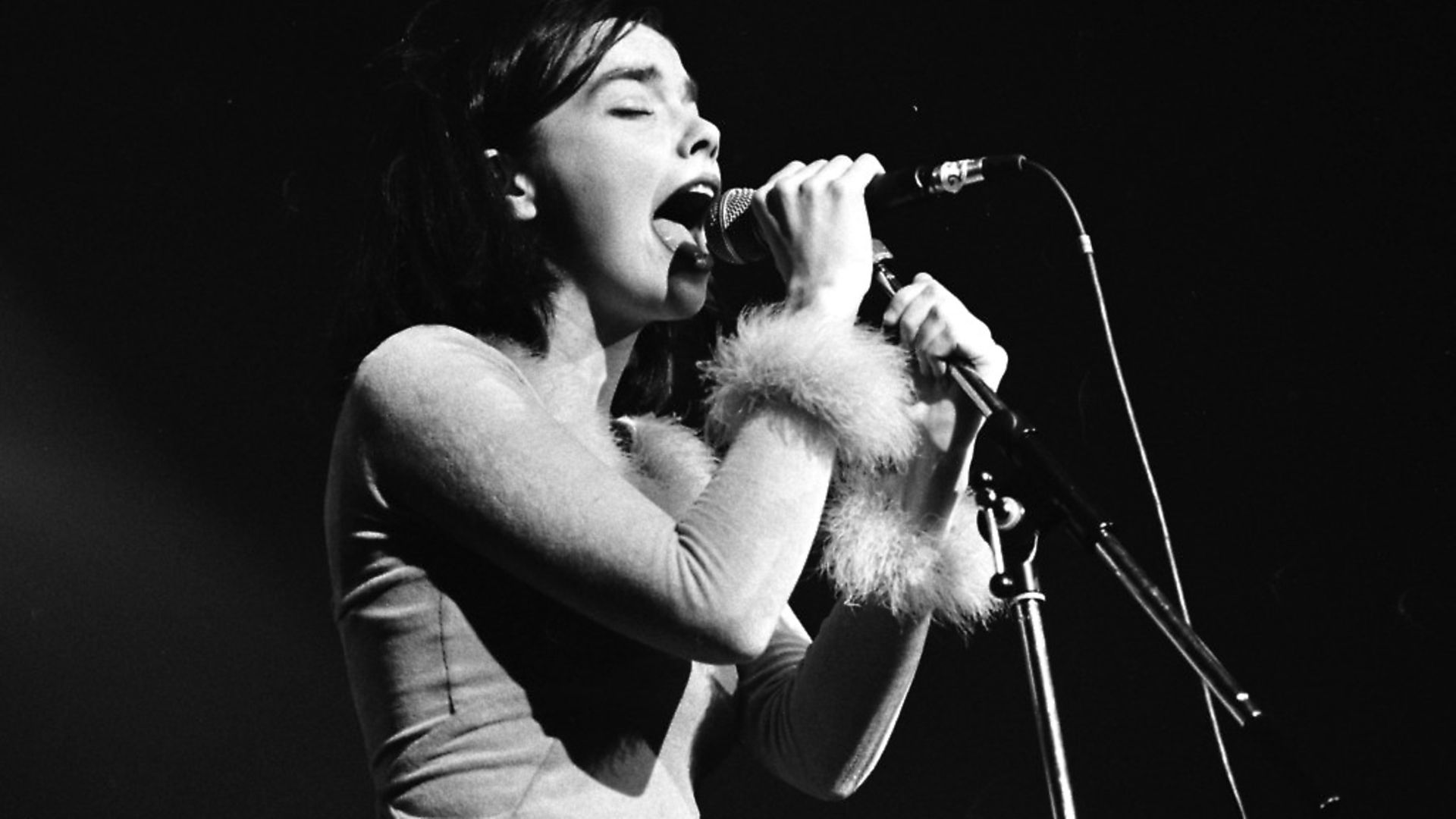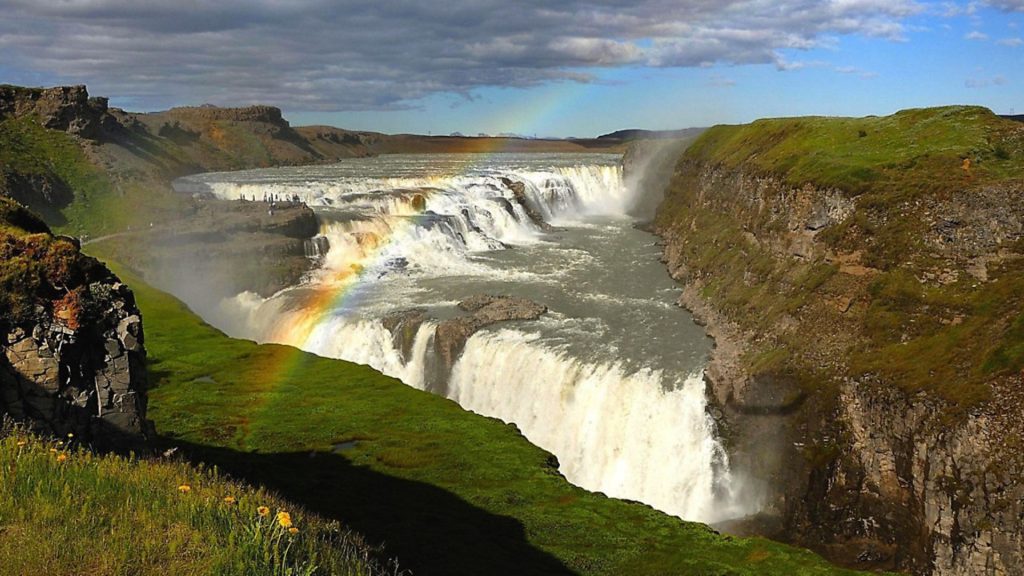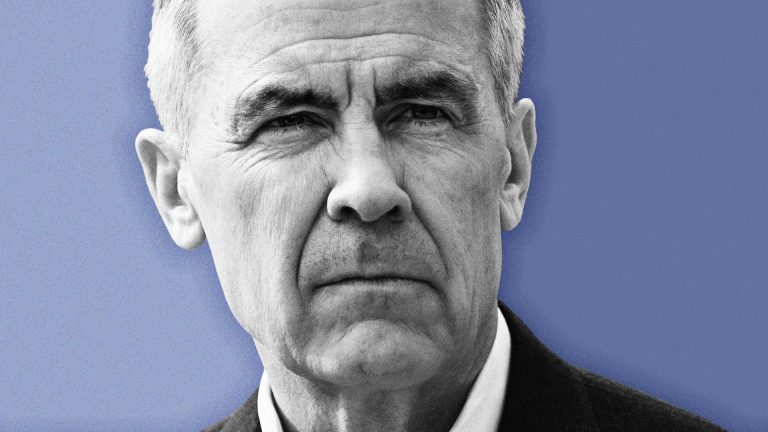
The Icelandic capital has had a cultural impact out of all proportion with its size, says SOPHIA DEBOICK.

Rarely has the world needed a silly dance craze more, and Iceland – a place of deep idiosyncrasies as a result of extreme isolation – has provided it. Daði Freyr Pétursson and his band Gagnamagnið have been due to represent Iceland at Eurovision 2020 with their joyous Think About Things. And even if the contest itself is cancelled due to the coronavirus pandemic, the song’s accompanying swaying dance has already made it a viral sensation. Pétursson was born in Reykjavík, the centre of Iceland’s music industry. Greater Reykjavík is home to 60% of the tiny 300,000 population of Iceland – to speak of Reykjavík is to speak of Iceland, and the city is highly culturally incestuous, with a musical impact far out of proportion with its size.
While prey to the siren call of Anglophone music in the 1950s-1970s, this city with the natural world on its doorstep – by the sea and in the shadow of mountains – has in more recent decades spawned music of an introspective mood appropriate to that forbidding landscape and Iceland’s ancient literary tradition underpinned by the epic Icelandic sagas, distinctive folklore of the reclusive Huldufólk (hidden people) and rich folk music tradition. Today, Reykjavík is a musical powerhouse with truly global reach.
As explained by Gunnar Lárus Hjálmarsson (aka Dr Gunni) in his Blue Eyed Pop: The History of Popular Music in Iceland, rock ‘n’ roll came to Reykjavík via an Englishman. In 1956 Tony Crombie and His Rockets, whose Norrie Paramor-produced Teach You to Rock had a claim on the title of first British rock ‘n’ roll single, made a big splash at the city’s 500 capacity Austurbæjarbíó cinema in May 1957.
But it would be the American air base at Keflavík, a 45-minute drive along the coast from the capital, that proved pivotal in Iceland’s early rock phase. Þorsteinn Eggertsson, dubbed ‘The Icelandic Elvis’, was from Keflavík and had picked up enough English from US servicemen to be able to mimic the American stars better than most (he went on to become a prolific lyricist). Meanwhile, Fimm í fullu fjöri (‘The Fully Alive Five’), Iceland’s first real rock band, found air base gigs to be a key training ground.
When copycat Icelandic-language versions of American and British rock ‘n’ roll records began to appear, like pop chanteuse Erla Þorsteinsdóttir’s Vagg og velta (roughly, Rock and roll) (1957), a tame cover of Bill Haley’s The Saints Rock ‘n’ Roll, and Reykjavík-born Skapti Ólafsson’s Allt á floti (Everything’s Soaked) (1957), a cover of Tommy Steele’s Water, Water, they were banned on state radio, and American Forces Radio proved a lifeline, ensuring the rock revolution continued to pulse through the country.
The American covers continued, as with Jói Jóns (1959) a cover of The Coasters’ Charlie Brown by the S.A.S. Tríóið, but the British influence, first seen in Ólafsson covering Steele, was becoming overwhelming.
When Stefán Jónsson of S.A.S. Tríóið joined the band Lúdó, it was rechristened ‘Lúdó og Stefán’, in imitation of ‘Cliff and the Shadows’ and their manager Guðlaugur Bergmann modelled himself on the kind of Svengali becoming ten a penny in swinging London, even opening a boutique called Karnabær, in homage to Carnaby Street, on Reykjavík’s central Austurstræti (East Street).
With the coming of the Beat Boom, Beatles-a-likes emerged. Keflavík’s Hljómar (‘Chords’) recorded in English for the British market for Parlophone as Thor’s Hammer, while Reykjavík’s Dátar (‘Soldiers’) burned briefly but brightly in the Summer of Love of 1967.
As the 1960s wore on into the 1970s, the hippie philosophy and psychedelic sound exploded in Reykjavík. Ex-members of Hljómar and psychedelic band Flowers formed the supergroup Trúbrot, its short-lived original line-up playing its final gig at the famous Reykjavík club Glaumbær in June 1970 in front of Led Zeppelin, who had just played the city. The band’s singer Gunnar Þórðarson, one of the godfathers of Icelandic rock, would release a folk-rock, West Coast sound-influenced solo album in 1975 which ended with the dreamy, flute-laden jazz-fusion instrumental Reykjavík.
Meanwhile, seminal Icelandic prog act Náttúra had been formed by three members of Trúbrot, while ex-Náttúra member Pétur Kristjánsson later formed Pelican who became one of the biggest Icelandic bands of the mid-1970s. But it was the dawn of punk that gave the impetus for the coming of age of Icelandic rock.
When Friðrik Þór Friðriksson’s documentary Rokk í Reykjavík was released in 1982, it blew the lid off a close-knit underground music scene that would change Iceland’s culture and international image forever.
Filmed at the city’s Hotel Borgfor, the documentary captured 21 bands who were members of a DIY scene that existed in its own microcosm. In a country that still had only one radio station, one TV channel and a widespread prohibition on concerts deemed likely to cause rowdiness, members of this scene instead adopted Reykjavík’s pizza parlours and hotel basements as venues and launched an independent record label, Gramm Records, to put out their music.
The co-founder of Gramm, Reykjavík’s own Einar Örn Benediktsson, was a pivotal figure. When he had visited London in the all-important year of 1977 he had made connections that saw the Stranglers, the Clash, the Fall and Crass play Reykjavík in the late 1970s and early 1980s.
Benediktsson’s own band Purrkur Pillnikk (‘Sleepy Chess Player’) reached the pinnacle of their brief career with a support slot with the Fall on a UK tour.
This Reykjavík post-punk scene would spawn both domestic and international stars. Egó’s debut album Breyttir Tímar (Changed Times) of the same year as Friðriksson’s film became a best-seller, and frontman Bubbi Morthens would go on to become a Bruce Springsteen-style iconic left-wing rocker in Iceland. But an act of international significance was also in gestation.
The Joy Division-influenced post-punk band Þeyr, whose anti-fascist song Rúdolf courted controversy by featuring clips of Hitler’s speeches, the band goose-stepping across the Icelandic landscape in SS uniforms in the accompanying video, joined with former members of Purrkur Pillnikk to form anarcho-punk band KUKL in 1983, recruiting a vocalist called Björk Guðmundsdóttir from jazz fusion punk band Tappi Tíkarrass.
Björk, born in Reykjavík in 1965, had already released an album as a child singer and been a member of countless Reykjavík bands by the time she joined KUKL, the band later to morph into The Sugarcubes (Sykurmolarnir).
The band played their first gig under that name at the Laugardalshöll sports arena in East Reykjavík, supporting local rockers Stuðmenn. The more senior band paid The Sugarcubes in studio hours at their recording studio on Grettisgata, downtown Reykjavík, and their first international single, Birthday – four minutes of strange dream pop, dominated by Björk’s inimitable vocals – was one of the songs recorded during those sessions. It was the song that would make The Sugarcubes an international sensation.
In August 1987, Birthday was single of the week in both the NME and Melody Maker. In October they were the cover stars for both papers and John Peel put their single at No.1 in his Festive 50 in December. By the following summer, Rolling Stone had dubbed them ‘The coolest band in the world’. Three albums on, with the band dynamic getting increasingly fraught, a support slot on the American leg of U2’s monstrously overblown Zooropa tour was the last hurrah, and The Sugarcubes’ demise came back where it had all started, their December 1992 gig at the Tunglið (‘Moon’) nightclub in Reykjavík being their last.
Björk released Debut the following June to instant success, emerging as an icon for the 1990s who could blend disparate musical influences into a both critically and commercially successful sound. As a multimedia artist in a category all of her own, she has become the ultimate ambassador for Icelandic verve in the arts.
First signed to The Sugarcubes’ label Smekkleysa (‘Bad Taste’), the successor of Gramm, Sigur Rós went on to take the group’s crown as the biggest Icelandic band in the world. Creating textured, ethereal landscapes of sound that seem to match the land they come from, they have become an institution, woven into the very fabric of Icelandic national identity. In the UK, their ad-friendly music has been used on everything from The X Factor to Sir David Attenborough’s Planet Earth, and indeed in the 2000s and 2010s the music coming out of Reykjavík has frequently captured the zeitgeist of fragile folky pop (think John Lewis Christmas ad), from the sparse minimalism of Sigur Rós collaborators Amiina, to the folktronica of Ásgeir and the more traditional folk of Snorri Helgason. But contemporary Reykjavík rock is in fact hugely diverse, from the indie pop of Of Monsters and Men, to the hard beats of prolific electronic collective GusGus, the melodic metal of Sólstafir and the uncompromising folk metal of Skálmöld and black metal of Svartidauði (‘Black Death’). These show other sides to the capital city of a country like no other.
While Björk said in a 1988 interview that Icelanders ‘have a big superiority complex, because they think Iceland is the purest place in the universe, but they also have an inferiority complex – they worry that they’re not as good as the big countries’, in terms of Iceland’s extraordinary musical achievements, a Purrkur Pillnikk lyric is apt: ‘It isn’t what you’re capable of, it’s what you do.’









